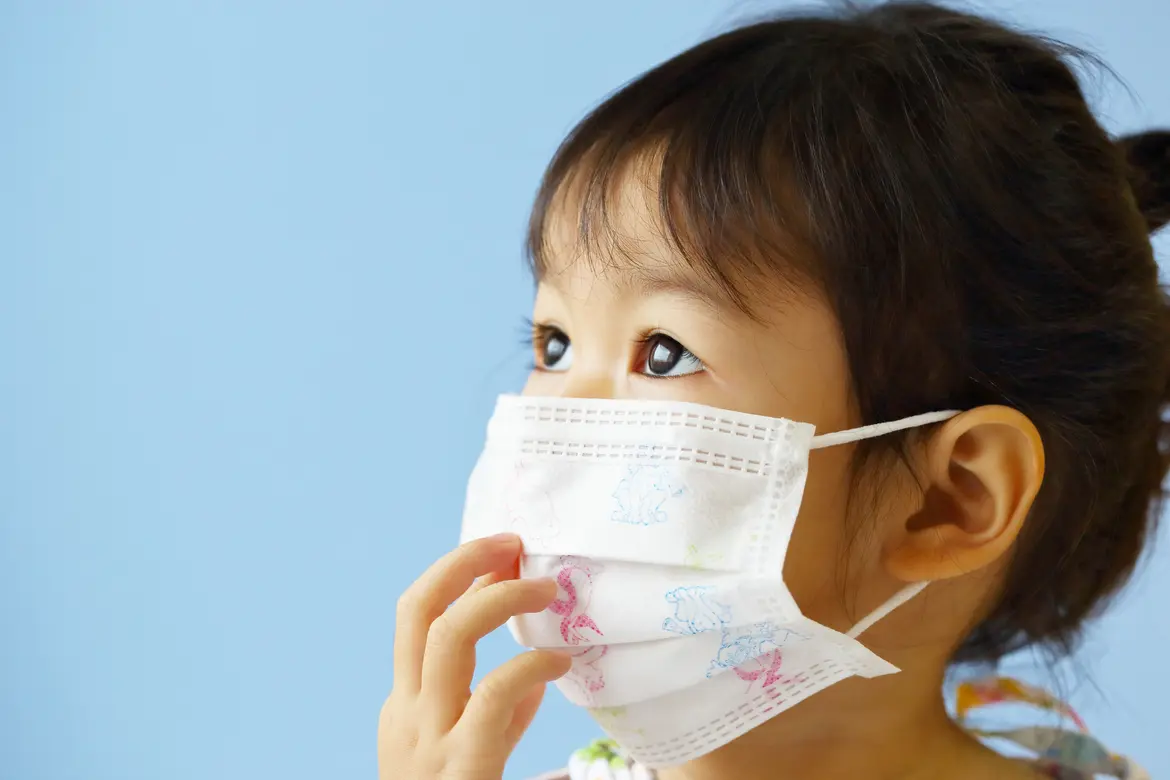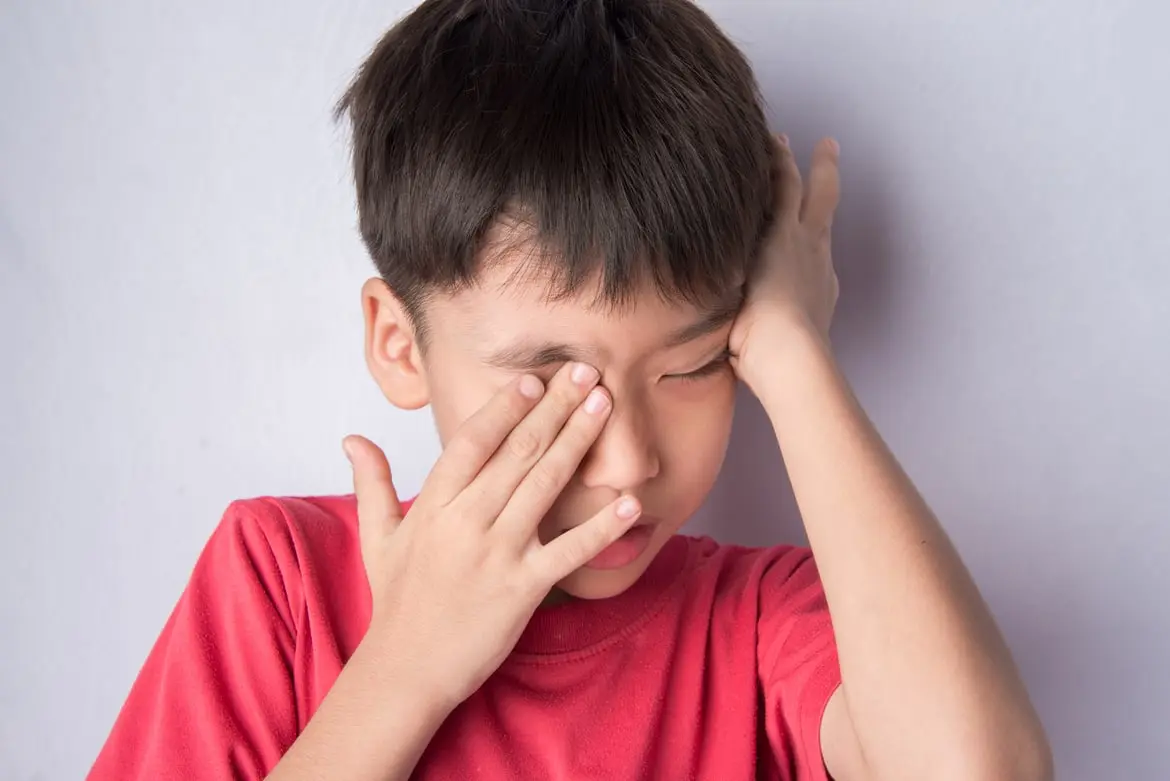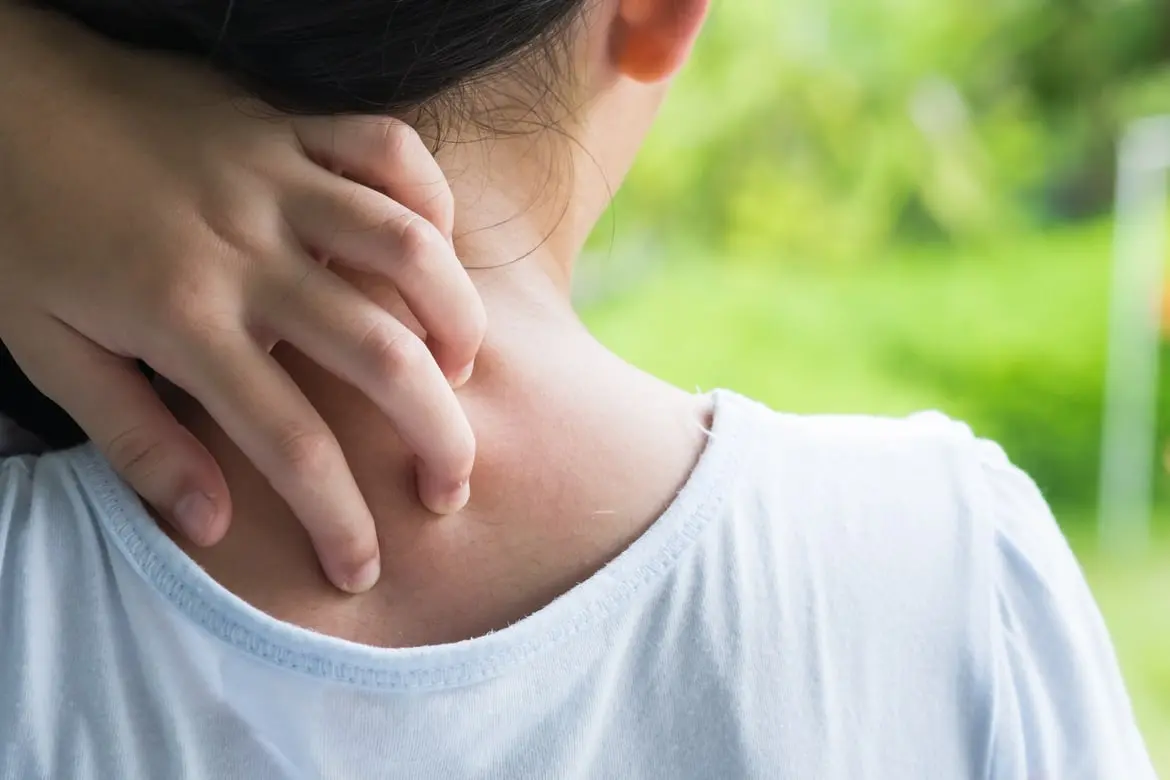-
-
Featured Care Areas


Source: Shutterstock
Dealing with Anaphylaxis in Children
Last updated: Tuesday, May 11, 2021 | 4 min reading time
Here's what you need to do if your child goes into anaphylactic shock.
As parents, the best way to face a medical emergency is to equip yourself with knowledge on identifying the signs of one and knowing exactly what to do should it ever happen. This way, you're able to take the right steps immediately because every second counts in a medical emergency.
Anaphylaxis is a life-threatening medical emergency that can happen among children. It is a severe allergic reaction that can occur when your child comes into contact with an allergen. Anaphylaxis may take seconds to hours to develop, hence, making it very unpredictable as to when it will occur. Read on to find out about everything you need to know (and do) should it ever happen to your child.
A dangerous shock
There is no specific allergen that causes anaphylaxis and children who are susceptible to anaphylaxis may have different triggers. Some of the most common allergens that causes anaphylaxis include:
- Foods such as peanuts, milk, eggs and shellfish.
- Bites/stings from insects such as ants and bees.
- Medicines such as antibiotics and anti-seizure medicines. Some medicines are known to be more likely to cause an anaphylactic reaction.
- Latex, commonly found in gloves, balloons and toys.
Children who have a family history of anaphylaxis, or have been diagnosed with allergies and asthma, are at a higher risk of experiencing anaphylaxis. Nonetheless, any child can experience anaphylaxis despite not having any risk factors prior to the episode.
More importantly, here are the symptoms of anaphylaxis in a child you need to take note of. They include:
- Wheezing or trouble breathing
- Swelling of the throat, tongue or uvula (a soft piece of flesh that hangs at the back of the throat)
- Severe itching of the skin
- Nausea
- Vomiting
- Feeling uneasy or agitated
It may be more difficult to identify if your child is experiencing anaphylaxis among younger children and infants. Some telltale signs include change of voice or hoarseness when crying, being uncharacteristically quiet, heavy breathing, rashes and swelling of the throat, tongue or uvula.
The bigger question is, what should you do if your child experiences any of the above symptoms?
The first shock
If you suspect that your child is experiencing anaphylaxis, the first step is to bring them immediately to the nearest Urgent Care Centre (UCC). Do not wait in the hope of symptoms subsiding, as your child needs immediate medical care.
At the UCC, your child will receive an injection to address their symptoms. The injection contains a type of medicine known as adrenaline that helps to reverse the anaphylactic symptoms. Your child will also be monitored closely to ensure that they do not experience any other symptoms.
After your child's first anaphylactic shock, you would need to speak to your child's paediatrician about the possibility of identifying the allergen that caused the anaphylactic reaction and to discuss an emergency care plan to manage future anaphylactic incidents.
Subsequent shocks
The best way to prevent anaphylaxis from recurring is to ensure that your child avoids the allergen. However, there can never be a 100% guarantee that it will not happen again. For children who have previously had an anaphylaxis, an EpiPen would be prescribed. Also known as an adrenaline injector, the EpiPen is a first-line of treatment in the event of an anaphylaxis and it can be administered by anyone.
Here are the 5 important steps you need to know to administer an EpiPen:
Step 1: The EpiPen is colour-coded with blue on one end and orange on the other. Point the blue side upward and the orange side towards the ground. Remember, blue to the sky, orange to the thigh.
Step 2: Hold the device firmly in your fist and remove the blue safety cap.
Step 3: Place the orange end of the device against your child's thigh.
Step 4: Push the device down firmly against the thigh until you hear a 'click'. Hold it down firmly and count for 10 seconds.
Step 5: Remove the EpiPen from the injected site and massage the injected site for a further 10 seconds. After administering an EpiPen, be sure to call an ambulance or bring your child to the nearest emergency department right away.
Anaphylaxis is a serious medical emergency. If your child has a history of anaphylaxis, make it a point to inform other family members as well as school teachers to ensure that your child will receive immediate attention in the event of an anaphylactic reaction.
Anaphylaxis in Children. In Cedars Sinai. Retrieved March 21, 2021, from https://www.cedars-sinai.org/health-library/diseases-and-conditions---pediatrics/a/anaphylaxis-in-children.html
Anaphylaxis in Children. In PubMed. Retrieved March 21, 2021, from https://www.ncbi.nlm.nih.gov/pmc/articles/PMC5052673/
Anaphylaxis in Infants & Children. In American Academy of Pediatrics. Retrieved March 21, 2021, from https://www.healthychildren.org/English/health-issues/injuries-emergencies/Pages/Anaphylaxis.aspx
Anaphylaxis in Children. In PubMed. Retrieved March 21, 2021, from https://www.ncbi.nlm.nih.gov/pmc/articles/PMC5052673/
Anaphylaxis in Infants & Children. In American Academy of Pediatrics. Retrieved March 21, 2021, from https://www.healthychildren.org/English/health-issues/injuries-emergencies/Pages/Anaphylaxis.aspx










